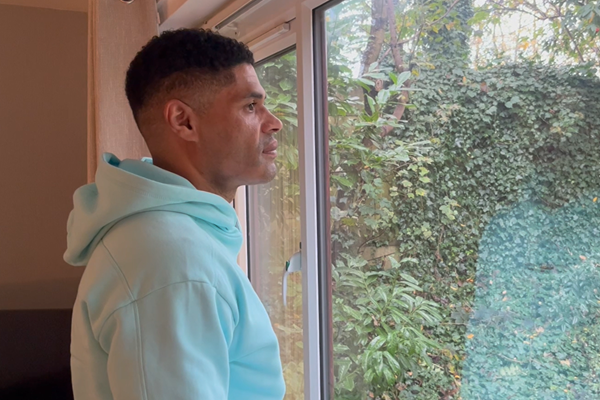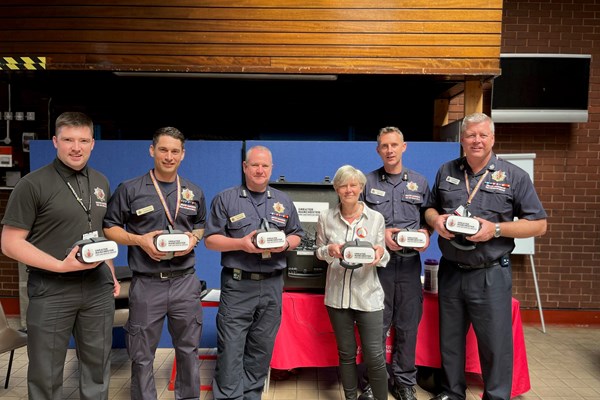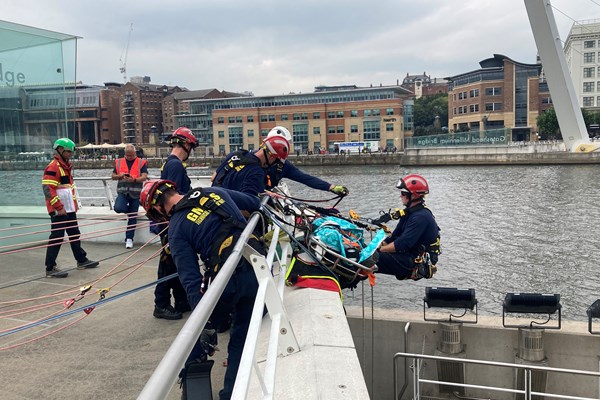
Pedestrian Safety for under 7 Year Olds
On the Pavement
When walking near a road it is a good idea to;
-
Hold your child's hand, don't let them run ahead
-
Look out for and encourage your child to be aware of hidden entrances or driveways crossing the pavement
-
Put reins on a younger child, if they are not strapped in a pushchair
-
It can be hard for motorists to see small children, especially when they are reversing, so take extra case
-
Never let you child go near a road alone or even with an older child
-
Children are generally not ready to cross roads on their own until they are at lease eight years old and many will not be ready even then
Crossing the road
When the time comes to teach your child about crossing the road, remember the following;
-
Always set a good example by choosing a safe place to cross and explaining what you are doing
-
Let your child help you decide where and when it's safe to cross
-
Tell your child that it's safest to cross at a pedestrian crossing or a crossing patrol
-
Tell your child not to cross where they cannot see far along the road
-
Explain that they should not try to cross between parked cars; driver's won't be able to see them very well and the cars might start moving
-
Use the Green Cross Code with your child, explain that you have to stop at the kerb, then look both ways and listen for traffic before crossing
-
When it's safe to cross, walk straight across the road and keep looking and listening out for traffic, remind your children to concentrate, they may be easily distracted, forget what they have been taught and dash out into the road
Watch "Toys" learning the Green Cross Code on You Tube
Pedestrian Crossings
You might feel that pedestrian crossings are safe, but they can still be dangerous for children if they don't take care.
Remember to;
-
Explain that pedestrians have to wait on the pavement until all the traffic coming from both directions has stopped, only then is it safe to cross
-
Explain that there is an island in the middle of the road, your child should treat each half of the crossing as a separate crossing
-
Tell your child it's important to keep looking and listening whilst crossing, in case a driver as not seen them
-
Warn your child to watch for cyclists or motorcyclists who might not have seen them
-
Make sure your child can be seen easily, bright or fluorescent clothes are best during the day and reflective materials work well at night
-
Always use a Zebra or light controlled crossing, or a school crossing patrol if there is one.
For more information and to access to Educational Resources - Think Website



